The Allure of a Lower Vanity: Enhancing Bathroom Functionality and Style
Related Articles: The Allure of a Lower Vanity: Enhancing Bathroom Functionality and Style
Introduction
In this auspicious occasion, we are delighted to delve into the intriguing topic related to The Allure of a Lower Vanity: Enhancing Bathroom Functionality and Style. Let’s weave interesting information and offer fresh perspectives to the readers.
Table of Content
The Allure of a Lower Vanity: Enhancing Bathroom Functionality and Style
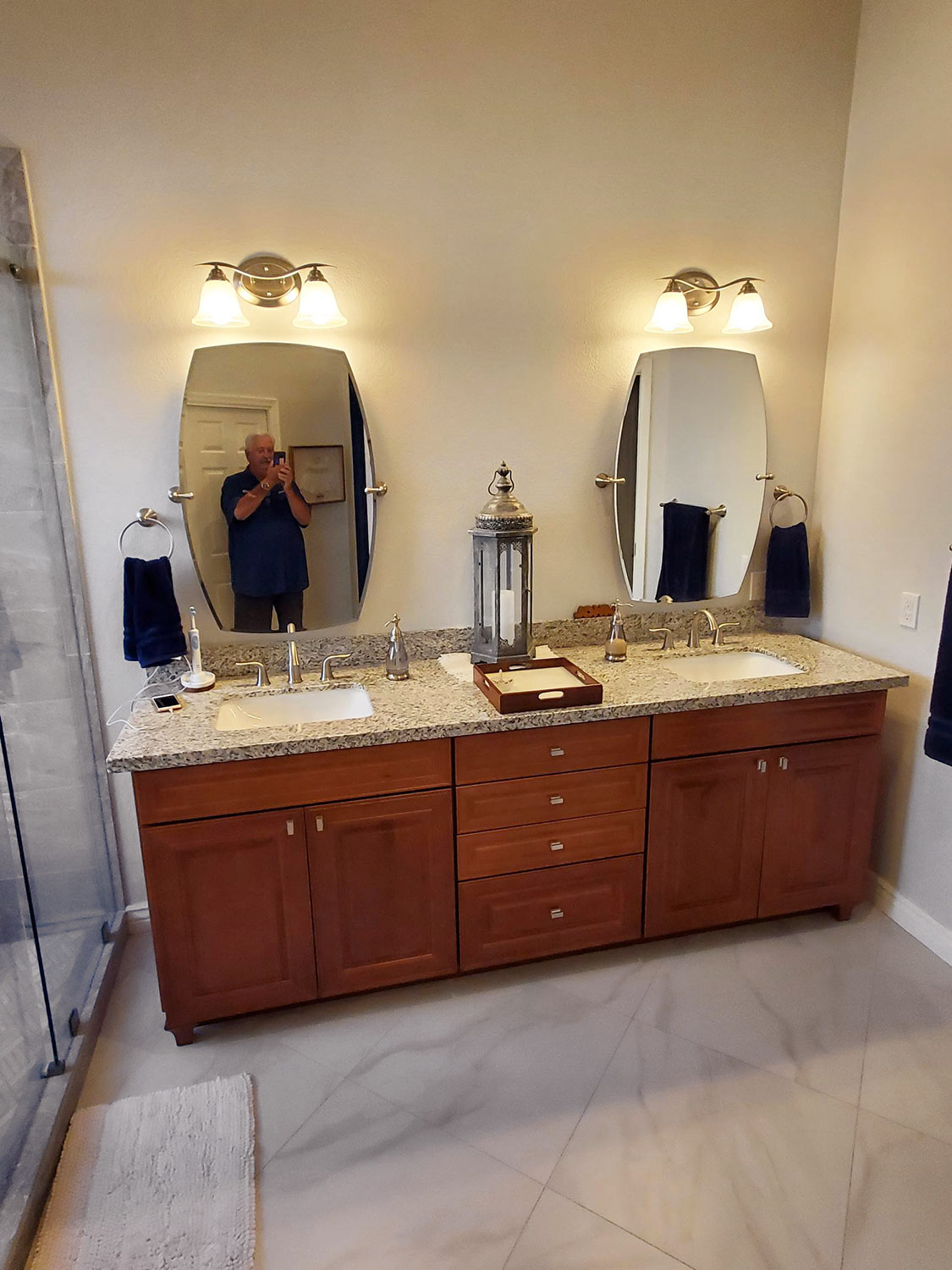
The bathroom, a sanctuary of personal care and rejuvenation, is often a space where functionality and aesthetics intertwine. A key element in creating a harmonious and practical bathroom is the vanity, a piece of furniture that serves both as storage and a focal point. While traditional vanities often stand tall, a lower vanity emerges as a compelling option, offering a unique blend of accessibility, style, and practicality.
This article explores the merits of a lower vanity, delving into its design features, benefits, and considerations for incorporating it into your bathroom.
Understanding the Concept of a Lower Vanity
A lower vanity, as the name suggests, is a bathroom vanity designed with a reduced height compared to standard models. Typically, lower vanities stand between 28 and 32 inches tall, in contrast to traditional vanities that range from 34 to 36 inches. This subtle difference in height creates a significant impact on the overall feel and functionality of the bathroom.
The Advantages of a Lower Vanity
1. Enhanced Accessibility:
Lower vanities provide a significant advantage for individuals with mobility limitations, making it easier to access the sink and perform daily routines. The reduced height eliminates the need to strain or reach excessively, promoting comfort and independence. This feature is particularly valuable for seniors, individuals with disabilities, and families with young children.
2. Improved Ergonomics:
The lower height of a vanity promotes better posture while performing tasks like brushing teeth, washing hands, or applying makeup. This can reduce back strain and promote a more comfortable experience, especially for prolonged use.
3. Visual Appeal and Spaciousness:
Lower vanities can create a sense of openness and spaciousness in the bathroom. The reduced height allows more light to flow through the space, making it feel brighter and more inviting. Furthermore, the lower profile can visually enlarge a smaller bathroom, maximizing the perceived area.
4. Versatile Styling Options:
Lower vanities are available in a wide range of styles, from traditional to modern, allowing for seamless integration into diverse bathroom aesthetics. They can be paired with various countertop materials, such as granite, marble, quartz, or laminate, and can incorporate different cabinet finishes to complement the overall design scheme.
5. Customization and Functionality:
Lower vanities offer flexibility in design and functionality. They can be customized with features like drawers, shelves, and open storage compartments to suit individual needs and storage preferences. This allows for efficient organization of bathroom essentials, creating a clutter-free and streamlined environment.
Considerations for Choosing a Lower Vanity
1. Space Constraints:
While lower vanities can create a sense of spaciousness, it’s crucial to consider the overall dimensions of the bathroom. Ensure that the chosen vanity fits comfortably within the designated space, allowing for ample movement and access to other fixtures.
2. Plumbing and Installation:
The installation of a lower vanity might require adjustments to existing plumbing fixtures. Consult with a qualified plumber to ensure proper installation and avoid any potential complications.
3. Countertop and Sink Selection:
The countertop and sink selection should complement the height of the lower vanity. Consider the depth of the sink and the overall design to ensure a visually cohesive and functional unit.
4. Storage Needs:
Assess the storage needs of the bathroom and choose a lower vanity with sufficient drawers, shelves, or compartments to accommodate all necessary items.
5. Style and Aesthetics:
Select a lower vanity that complements the overall design theme of the bathroom. Consider the style, material, and finish to create a harmonious and visually appealing space.
FAQs about Lower Makeup Bathroom Vanities
Q: Are lower vanities suitable for all bathroom styles?
A: Yes, lower vanities can seamlessly integrate into various bathroom styles, from traditional to modern, contemporary, and farmhouse. The key is to choose a vanity design that complements the overall aesthetic.
Q: What are the ideal countertop materials for lower vanities?
A: Lower vanities can be paired with a wide range of countertop materials, including natural stone (granite, marble), engineered stone (quartz), laminate, and solid surface materials. The choice depends on budget, style preferences, and desired durability.
Q: How do I ensure proper ventilation with a lower vanity?
A: Ensure adequate ventilation in the bathroom by using a well-functioning exhaust fan. This will help prevent moisture buildup and maintain a healthy environment.
Q: Are lower vanities more expensive than traditional vanities?
A: The cost of a lower vanity can vary depending on factors such as materials, design, and brand. However, they are generally comparable in price to traditional vanities.
Q: Can I customize a lower vanity to fit my specific needs?
A: Yes, lower vanities can be customized with features like drawers, shelves, and open storage compartments to suit individual needs. Many manufacturers offer customization options to create a personalized vanity that meets specific requirements.
Tips for Choosing and Installing a Lower Makeup Bathroom Vanity
1. Measure Twice, Cut Once:
Accurately measure the available space in your bathroom before purchasing a lower vanity. Consider the dimensions of the vanity, including its width, depth, and height, to ensure a comfortable fit.
2. Consider the Sink Depth:
Choose a sink with a depth that complements the height of the lower vanity. A deeper sink can provide more space for washing hands or performing other tasks, while a shallower sink might be more suitable for smaller bathrooms.
3. Prioritize Functionality:
Consider the storage needs of your bathroom and select a lower vanity with sufficient drawers, shelves, or compartments to accommodate all necessary items.
4. Consult with a Professional:
If you are unsure about the installation process, consult with a qualified plumber or contractor to ensure proper installation and avoid any potential issues.
5. Don’t Forget the Lighting:
Adequate lighting is essential for any bathroom vanity. Choose a lower vanity with integrated lighting or consider adding additional lighting fixtures to illuminate the space effectively.
Conclusion: Embracing the Benefits of a Lower Vanity
A lower vanity offers a compelling alternative to traditional vanities, providing a blend of accessibility, style, and practicality. Its reduced height enhances comfort, promotes better ergonomics, and creates a sense of spaciousness in the bathroom. By carefully considering the design, functionality, and installation aspects, a lower vanity can be a valuable addition to any bathroom, transforming it into a more accessible, stylish, and enjoyable space.
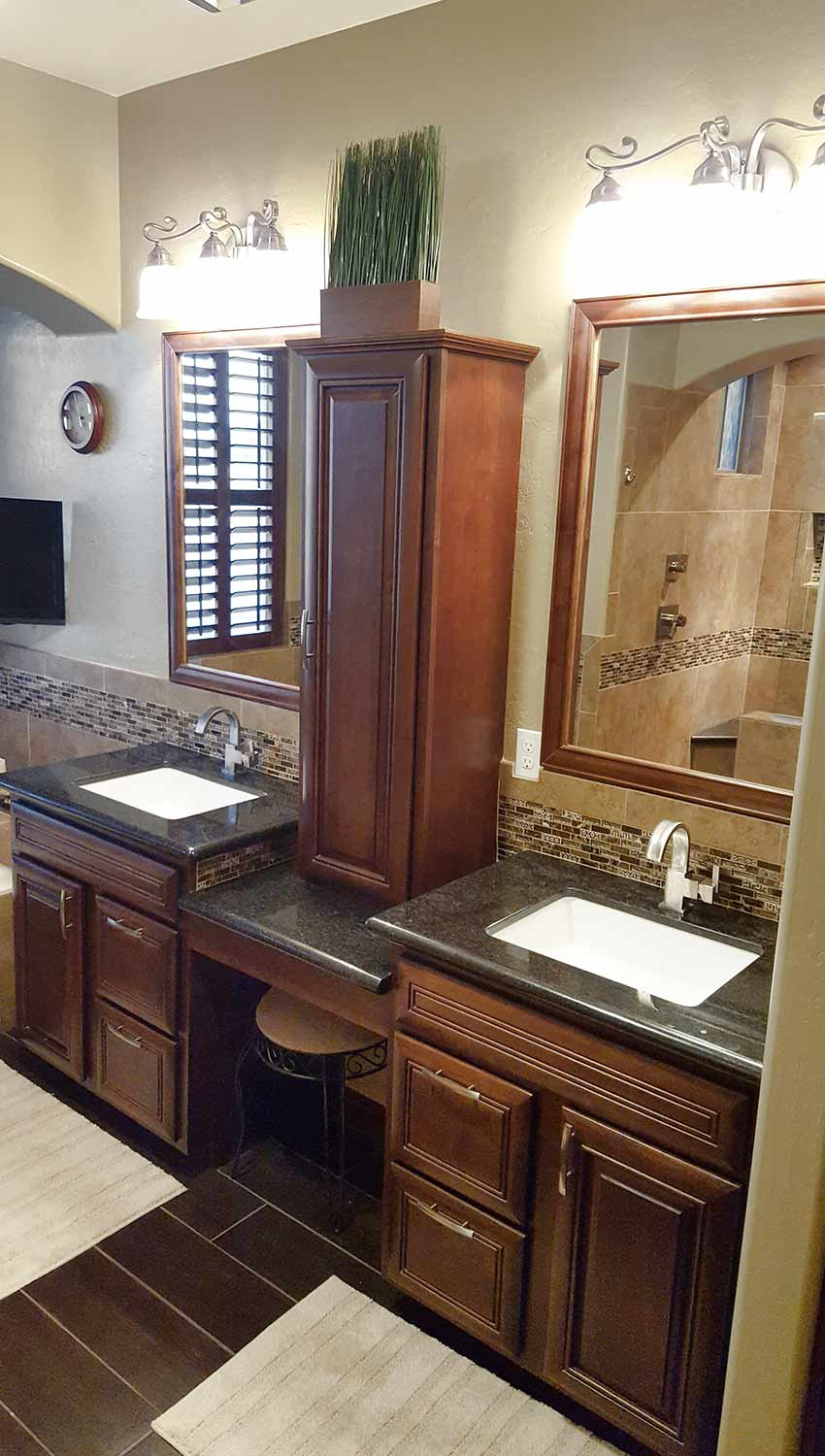
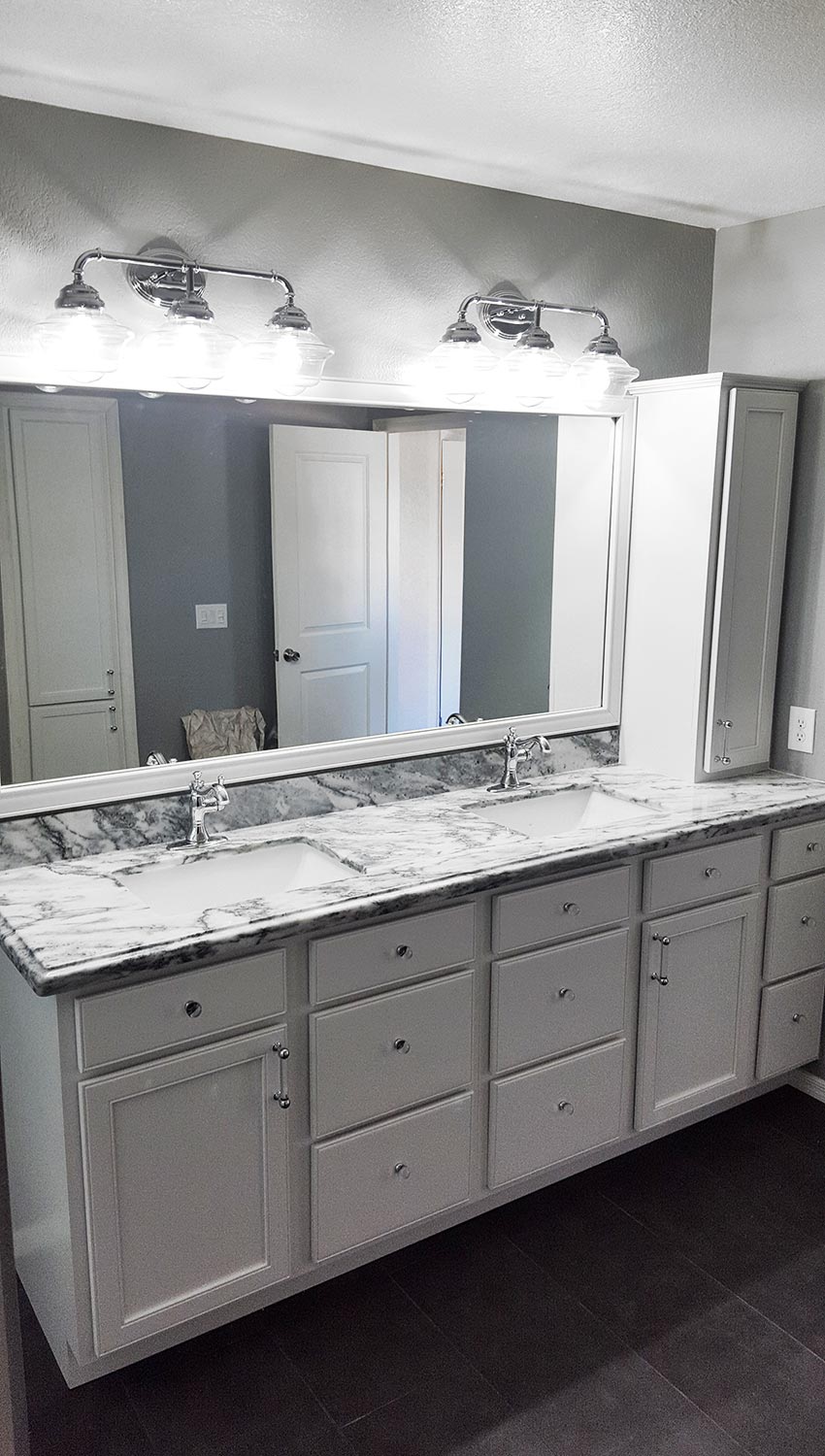
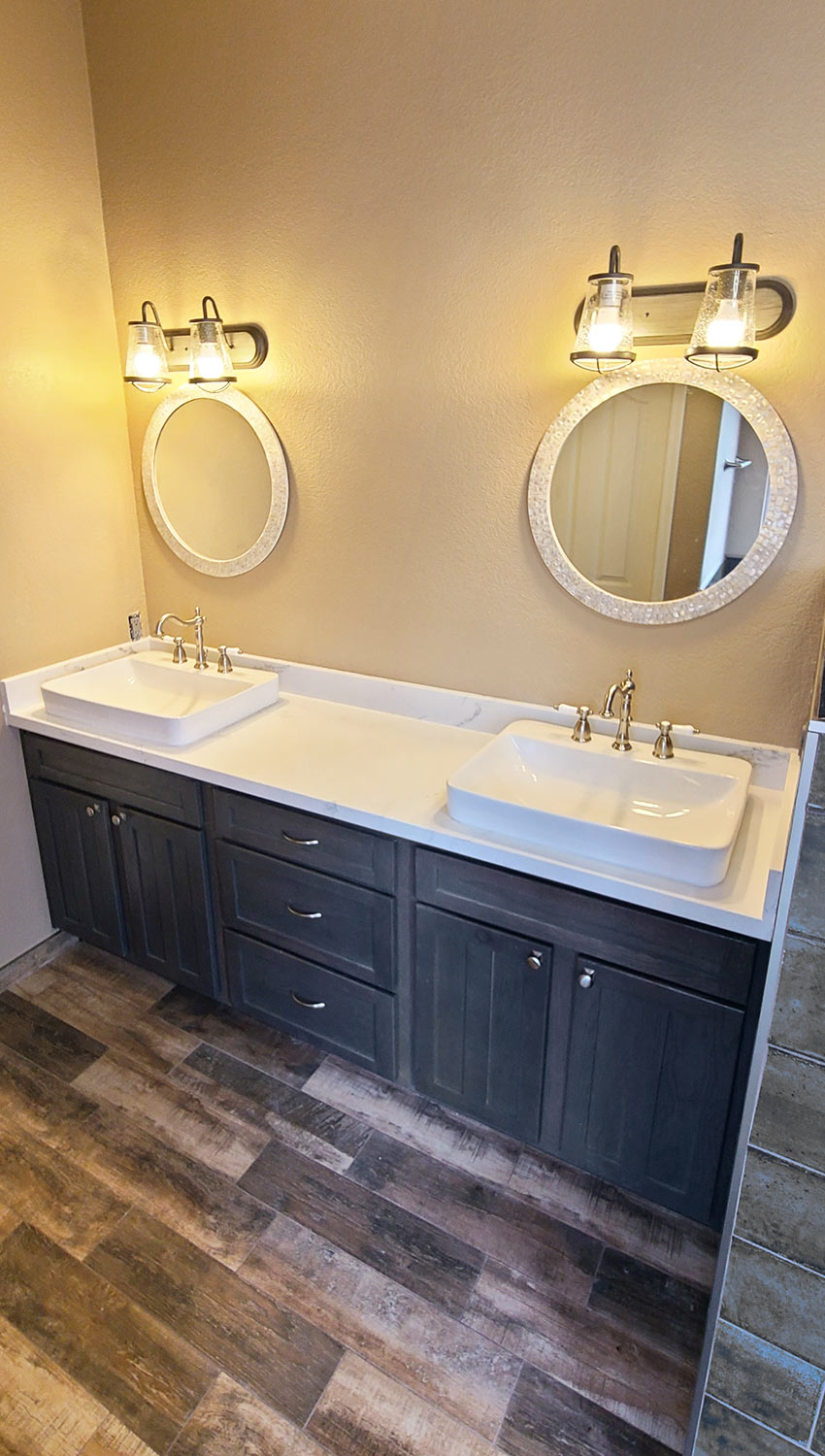
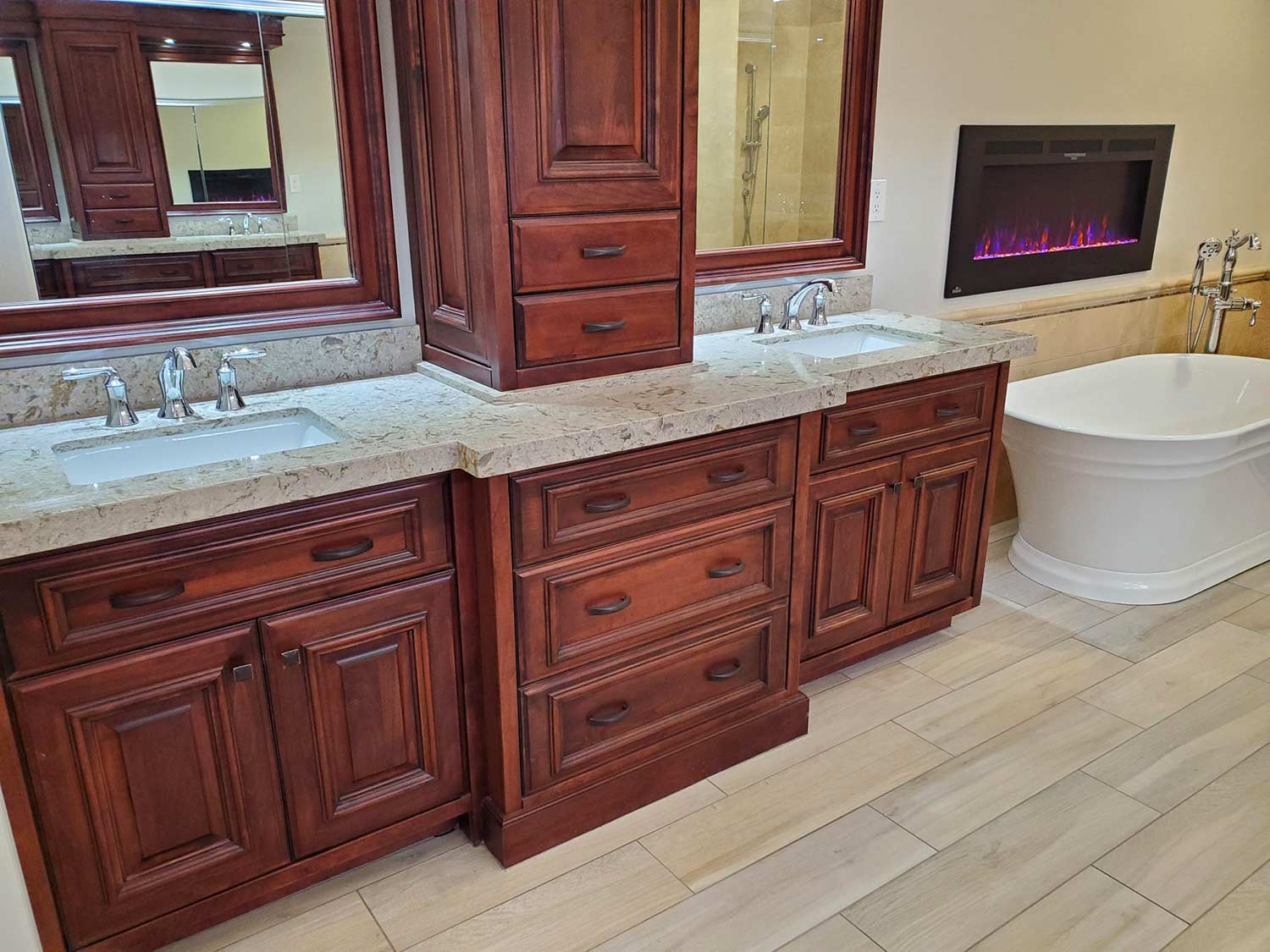
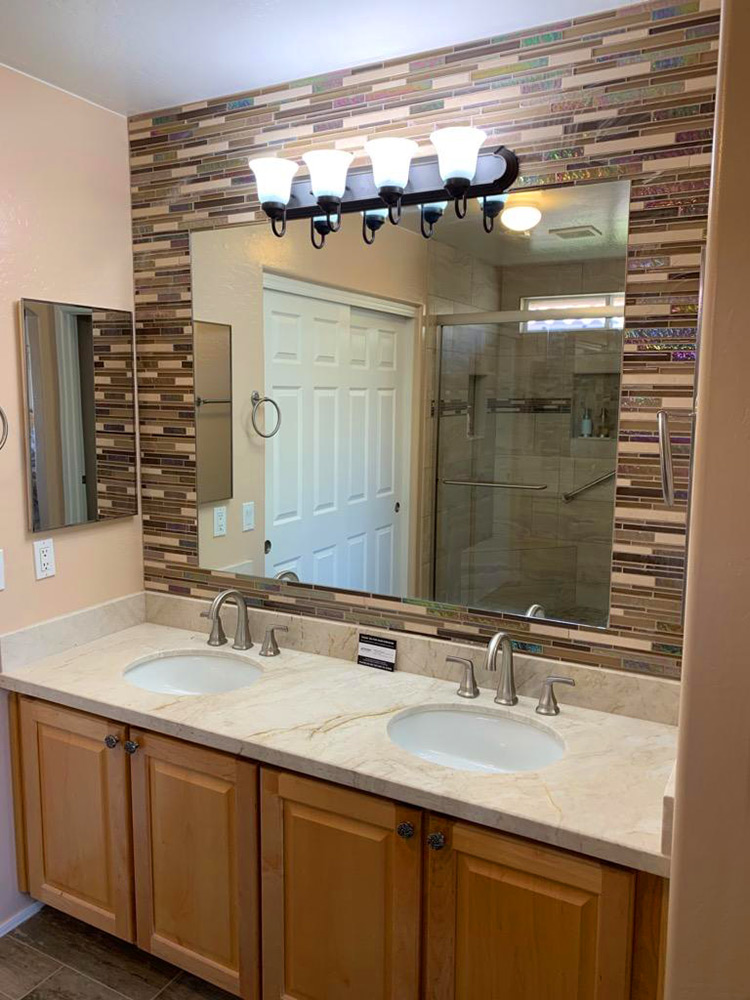
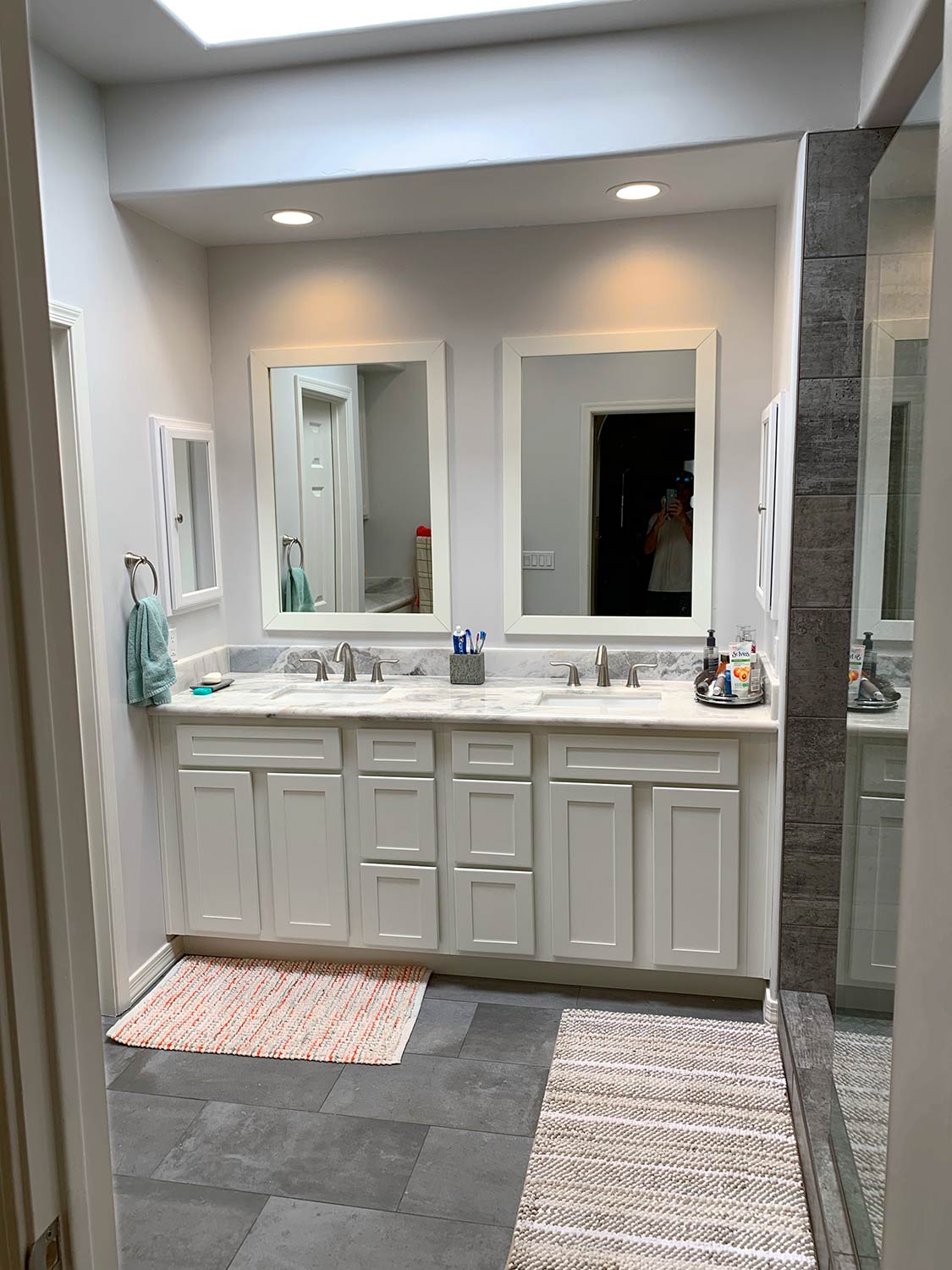
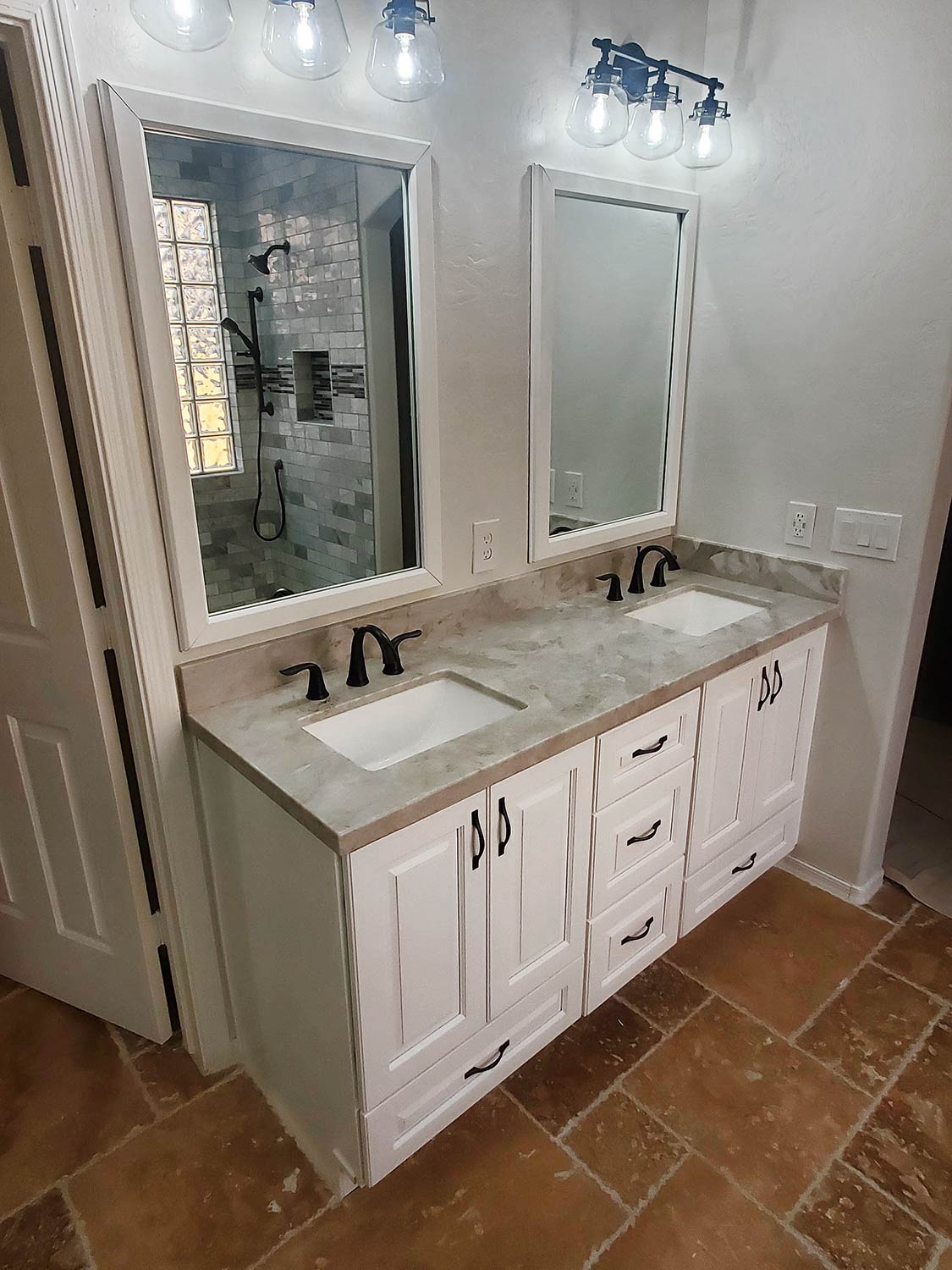
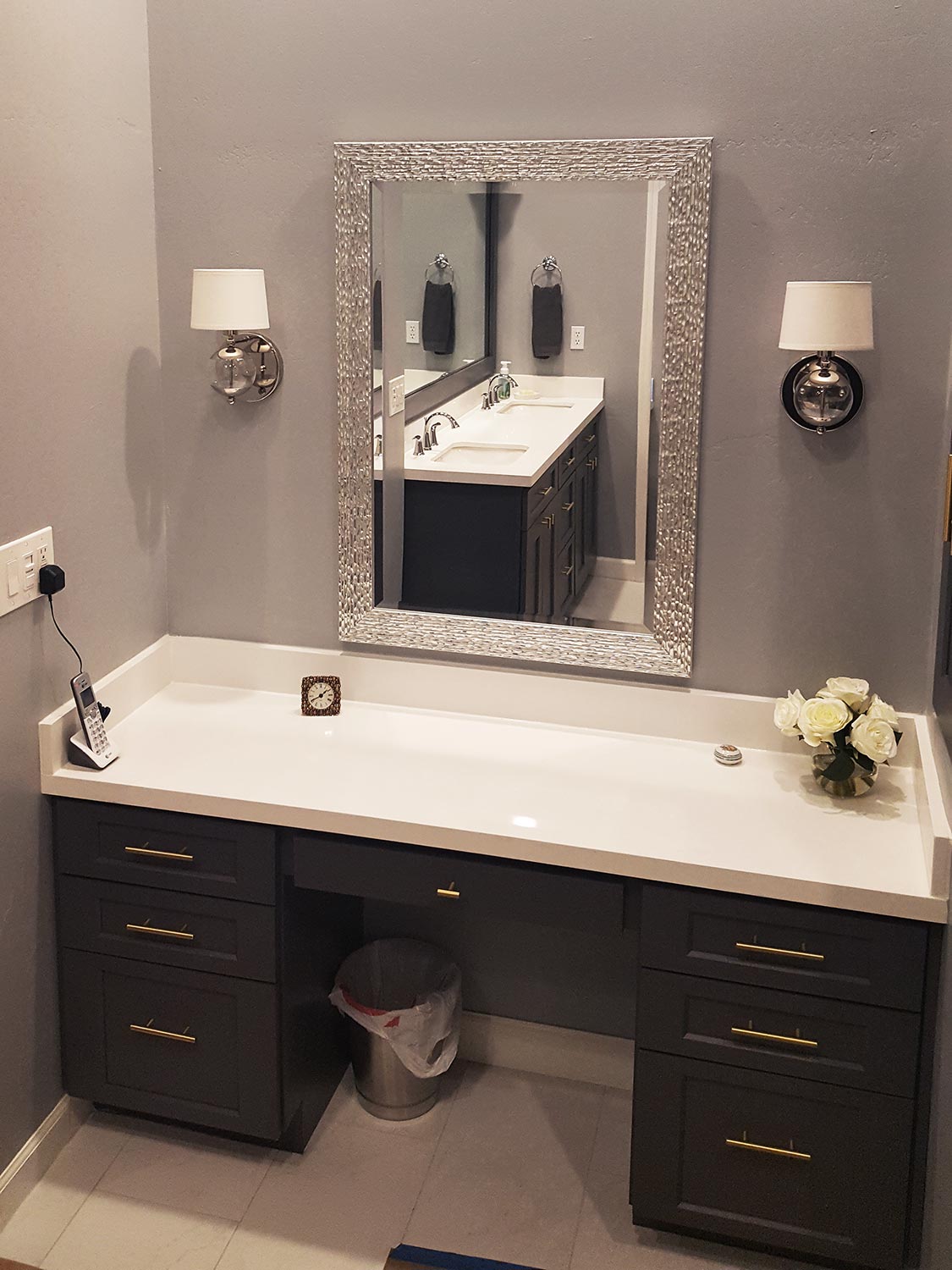
Closure
Thus, we hope this article has provided valuable insights into The Allure of a Lower Vanity: Enhancing Bathroom Functionality and Style. We appreciate your attention to our article. See you in our next article!